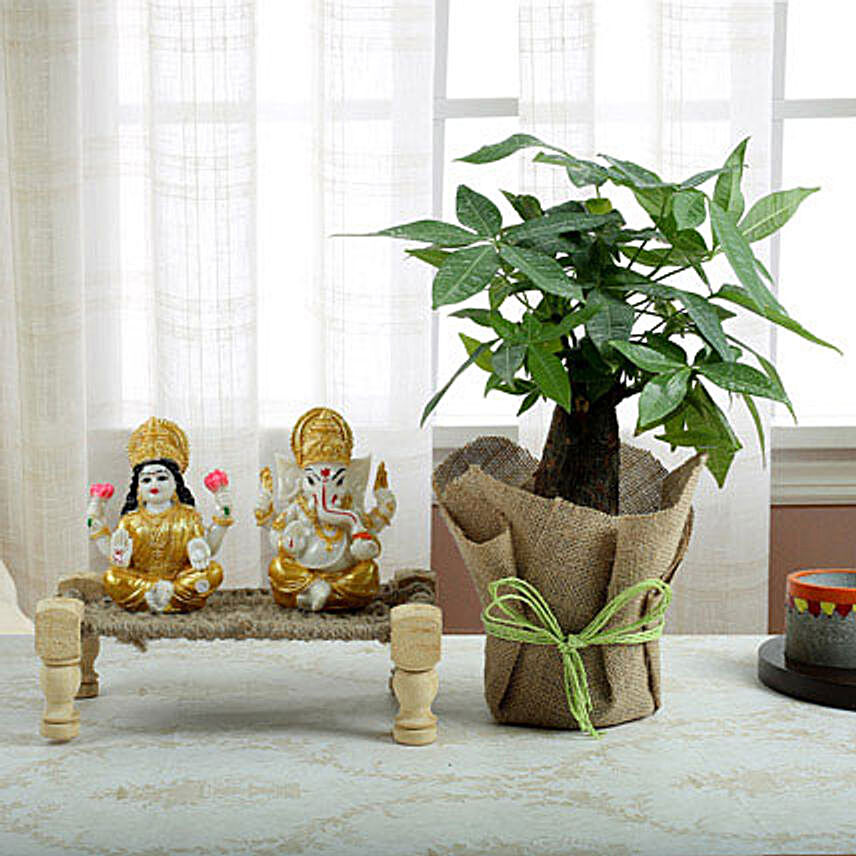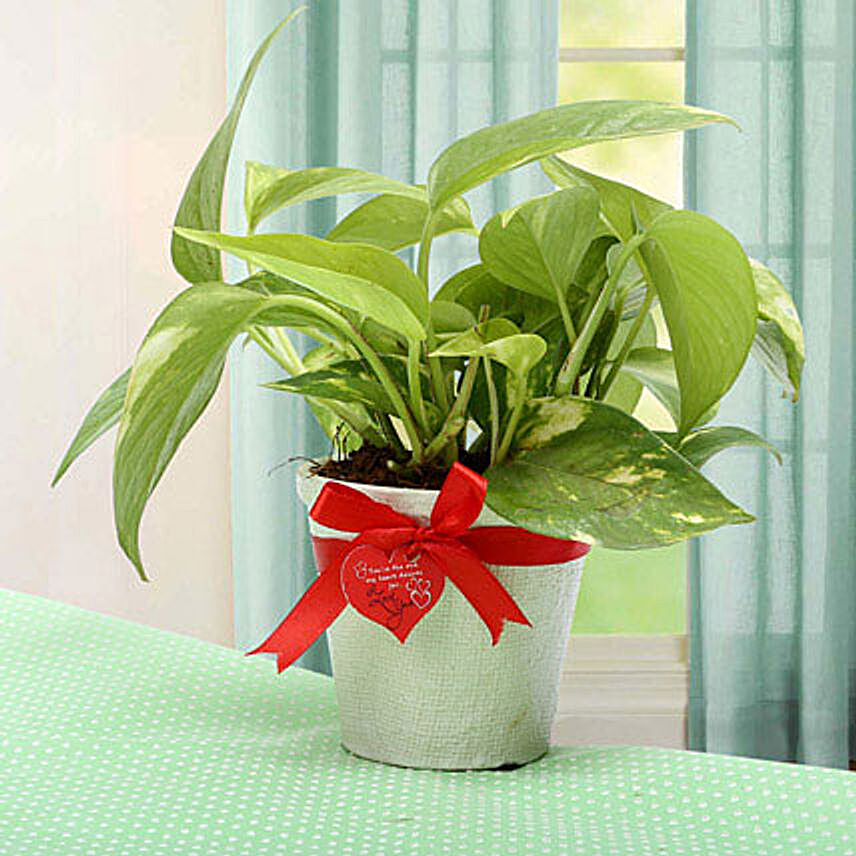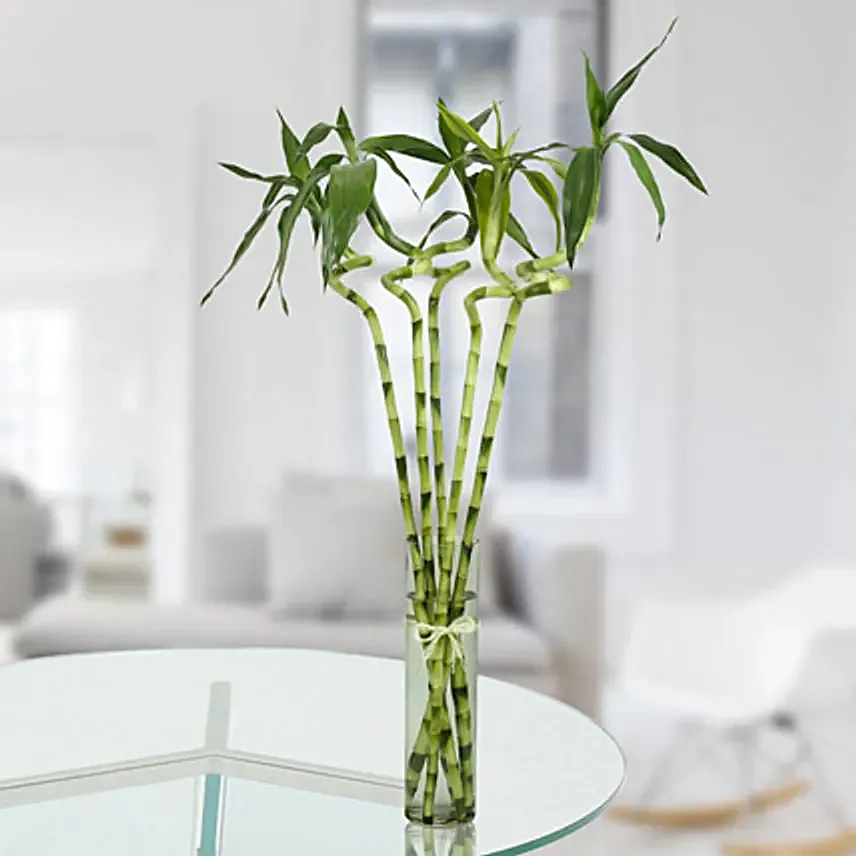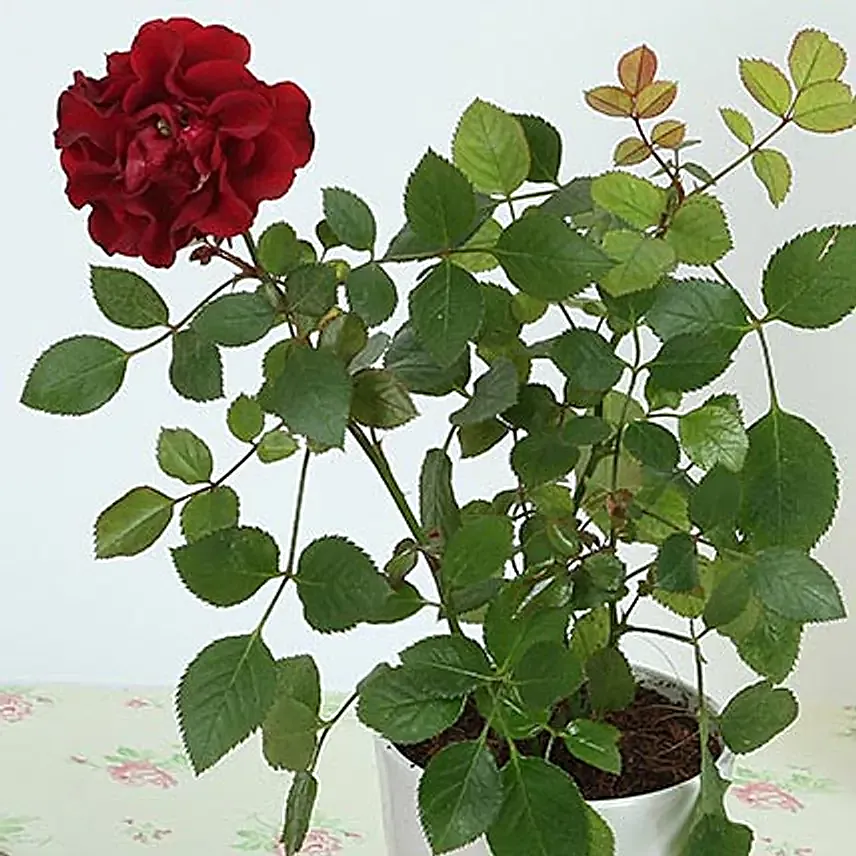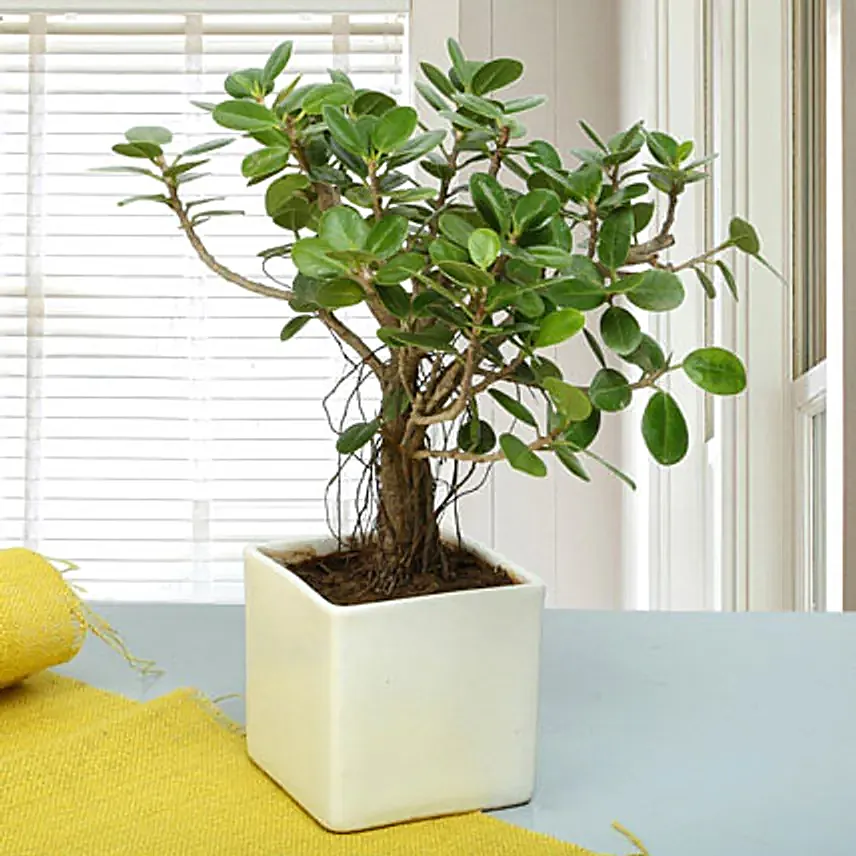Learn More About Ornamental Plants
- Author: Apeksha Rawat Published: 04th September, 2019
Ornamental plants are those that are grown for decorative purposes in houses, gardens, and landscape design projects. There are many ornamental plants that appeal to the sense of smell along with their visual appeal. With their pleasing fragrance, they attract hummingbirds and butterflies and keep away outdoor pests, such as ants, mosquitoes, and flies. The cultivation of ornamental plants is called floriculture and forms a major branch of horticulture.
Read further to know about different types of ornamental plants:
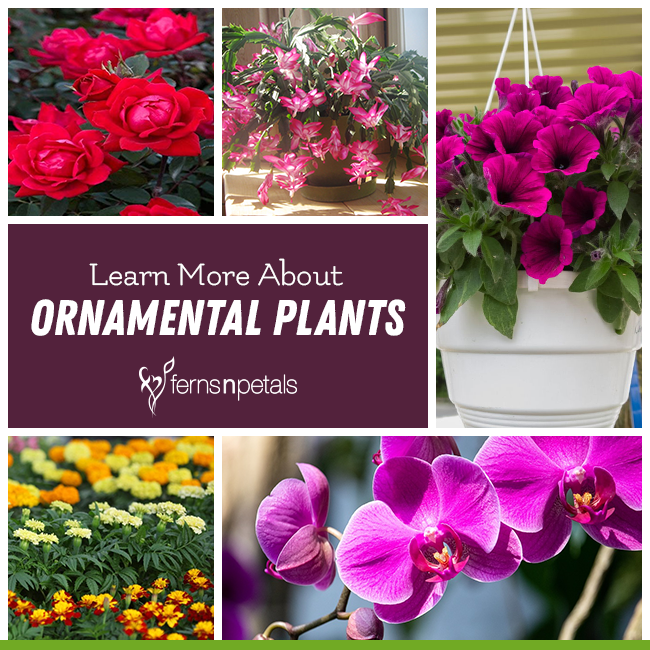
Ornamental Trees- Ornamental trees are the ones that provide stunning foliage and flowers. They add beauty to the landscape with attractive floral display and provide shelter to wildlife.
Ornamental Shrubs- The ornamental shrubs include the bushes that vary in size from low-lying border plants to towering evergreen shrubs. These shrubs can be both flowering as well as non-flowering. The shrubs provide gorgeous foliage even when the flowers are dead and keep adding beauty to the landscape.
Ornamental Herbs- Lavender, sage, and mint are some popular ornamental herbs that are used for culinary and aromatherapy purposes. They spread pleasing fragrance in the gardens and add flavour to recipes.
Ornamental Annual Flowers- They add beauty and color to the garden lasting throughout a single growing season. The ornamental annuals are easy to grow and feature both flowering varieties.
Ornamental Perennial Flowers- The ornamental perennial flowers include all the flowering plants that come back every year. They add consistent foliage to the landscape and bloom during a particular period each year.
Ornamental Grasses- Ornamental grasses are low-maintenance that create a stunning visual display in the garden. There are hundreds of varieties of grasses that range in size from 6-inch tall clusters to towering columns of thick reeds. They require little care and pruning in late spring that make room for fresh new foliage.
Ornamental Bulbs- The flowering bulbs are the very first ornamental blooms in the spring that add beauty to the landscape for a short period. They grow well in the summer heat and produce gorgeous flowers during the growing season that add vibrant colors to the garden.
Here are some common examples of ornamental plants:
Tulips

Tulips are the herbaceous perennials and most commonly used ornamental plants that bloom in spring. They are available in a variety of colors and planted in beds, planter boxes and containers. Tulips are planted in the autumn before the ground freezes and prefer well-drained soil with full sun.
Roses

Roses are woody perennial flowering plants of the genus Rosa in the family Rosaceae. They come in different colors and various forms, such as rose bushes, miniature roses, rose shrubs, and climbing roses. Roses require sunny locations along with well-drained and organic soil for proper growth.
Petunias
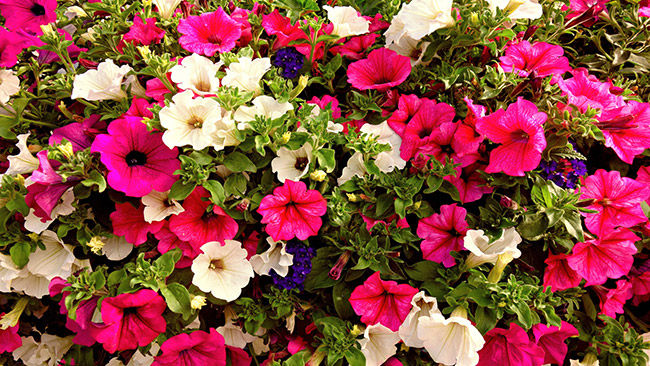
Petunias are the most popular garden plants often grown as annuals. They come in many colors and combinations, such as single and double blooms, striped, veined, ruffled or smooth petals. Some of them even come with fragrance. Petunias grow well in nutrient-rich soil and prefer full sun to light shade.
Ornamental plants are much more than visually appealing plants. There are many sides to them that are not discussed enough. Let’s talk about the importance of ornamental plants to the ecosystem.
- The ornamental plants contribute to a healthy balance between birds and insects, which reduces the risk of pests spreading through the gardens.
- They provide shelter and nutrition for many wildlife species.
- Keeping ornament houseplants improve indoor air quality and remove volatile organic compounds, such as benzene, formaldehyde, and trichloroethylene.
- Ornamental plants also play an important role in Feng Shui. The ornamental plants with round, floppy leaves produce yin energy and spread calm vibes.
- Ornamental plants that are grown in the water give a natural look to the aquarium and provide food for fishes.
- They are used as flavouring agents in teas and for cosmetic purposes like making perfumes.
